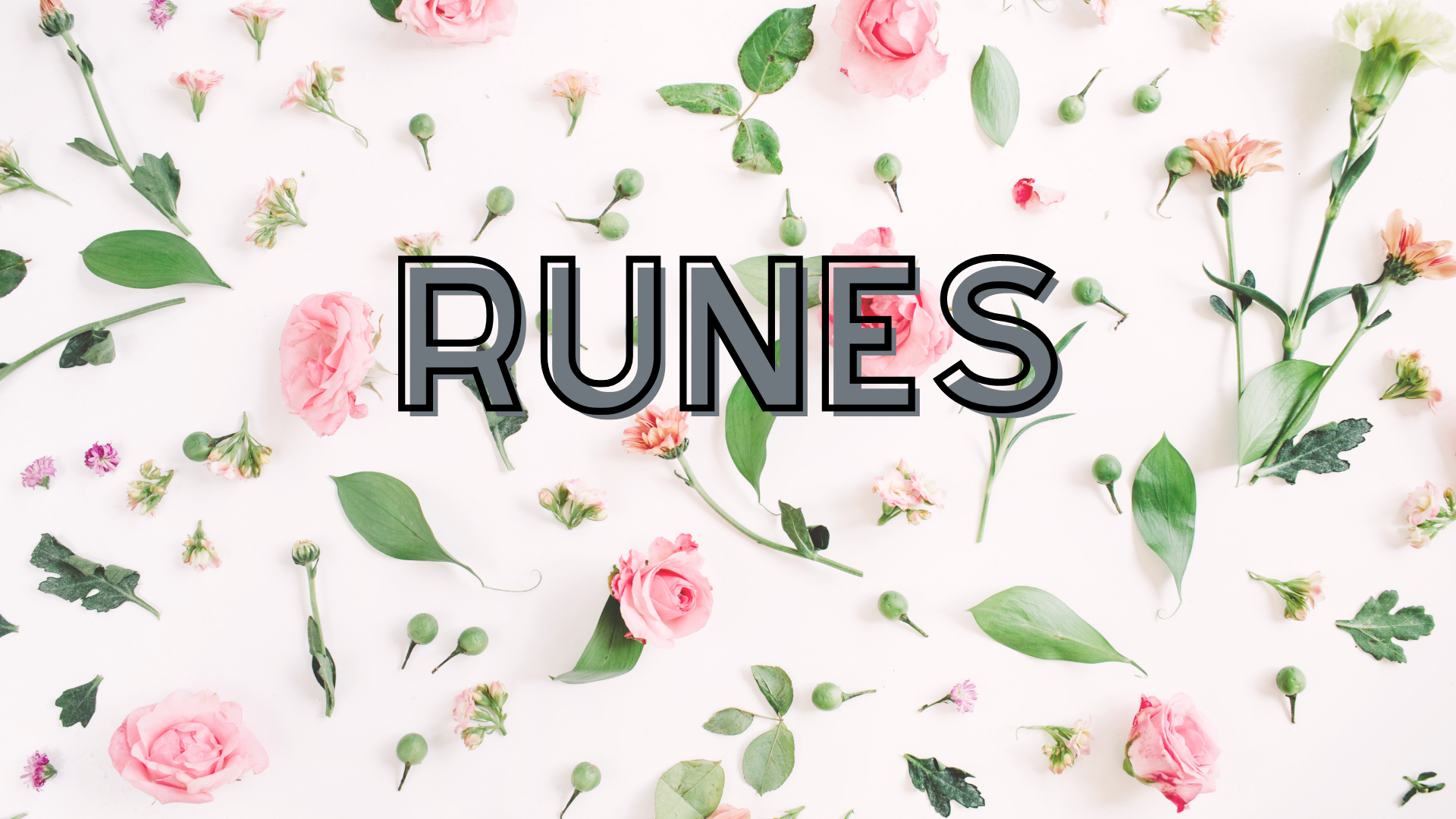
The Runic Alphabet is the alphabet of the Old Norse language. Each of the runes represents a sound, but each symbol also has its own meaning attached.
The History of Runes
In ancient times, symbols and stories were etched into large stones. These first runic stones were sometimes arranged as monoliths and contained stories from the elders. Eventually, runes of all sizes were used to convey messages. Now, we use the smaller stones or wood pieces we are familiar with today.
The story behind divination runes is that Odin, the Norse god, wanted to gain spiritual knowledge so badly that he sacrificed his own life. Hanging himself from the Tree of Knowledge by his feet, he entered a trance-like state. This allowed him to channel the Runic Symbols. He was given the ability to free himself from the tree and come back to life to spread the message.
Today, we use Runes to channel messages to us from our higher selves or other energies. We can use them alongside tarot cards, pendulums and other divination tools. They help us with our healing and shadow work. Runes are pulled at random to convey this message, and each set includes a blank piece to indicate an answer that is still meant to be unknown.
Runes Interpretation
Fehu
This rune sounds like the letter F. As a symbol, it means wealth, prosperity, and abundance. Originally, its meaning was gold, cattle, or other means of wrath.
Uruz
The rune Uruz sounds like the letter U. The symbology means strength, speed, and good health. In Old Norse, the letter represented the now-extinct wild ox.
Thuriaz
Thuriaz sounds like TH. This rune represents protection, foresight, and precision. In ancient times, Thuriaz represented the ancient race of giants as well as the deity Thor.
Ansuz
This rune sounds like the letter A. Ansuz symbolizes communication between worlds, synchronicities, and spiritual growth. Originally, the rune stood for the deity Odin and source divinity.
Raidho
The rune Raidho sounds like the letter R. The symbology of this rune means travel, reunion, the bigger picture, and the wheel of fortune. In Old Norse, Raidho indicated a long and significant journey.
Kenaz
Kenaz sounds like the letter K. This rune represents light, opportunity, healing, and balance. In ancient times, Kenaz represented a torch, flame, or beacon of light.
Gebo
This rune sounds like the letter G. Gebo symbolizes gifts, unity, kindness, and love. Originally, this rune meant a sacrifice to the gods.
Wunjo
Wunjo sounds like the letter W. This rune represents joy, glory, pleasure, and hope. In ancient times, Wunjo represented comfort and joy.
Hagalaz
The rune Hagalaz sounds like the letter H. The symbology of this rune is wrath, destruction, elements, and fast resolution. In Old Norse, Hagalaz meant hail, either of weather or enemy weaponry.
Nauthiz
This rune sounds like the letter N. Nauthiz represents that which is essential, a stagnation or blockage. Originally, Nauthiz represented necessity.
Isa
Isa sounds like the letter I. This rune symbolizes winter, cold, and meditation. In ancient times, Isa meant ice.
Jera
The rune Jera sounds like the letter Y. The symbology of this rune means harvest, reward, and prosperity. Originally, Jera meant year.
Eithwaz
Eithwaz sounds like Ï. This rune represents rebirth, life/death, enlightenment, and transformation. In ancient times, Eithwaz symbolized yew, a sacred tree.
Perth
Perth, or Perthro, sounds like the letter P. This rune represents the unknown, secrets, changes and divination or magic. The original translation of this rune is still a mystery.
Algiz
The rune Algiz sounds like the letter Z. The symbology of this rune is protection, self-preservation, and instinct. The original translation of Algiz was defense.
Sowilo
This rune sounds like the letter S. Sowilo represents vitality, light, healing, and dreams. In Old Norse, this rune stands for the Sun.
Tiwaz
Tiwaz sounds like the letter T. The symbology of this rune is courage, tenacity, and masculinity. Originally, Tiwaz represented the war god Tyr and was carved on weaponry.
Berkano
This rune sounds like the letter B. The rune Berkano represents beginnings, family, fertility, and femininity. In ancient times, Berkano represented both the Birch Tree and Idun, the goddess of spring and fertility.
Ehwaz
Ehwaz sounds like the letter E. This rune symbolizes movement, teamwork, and progress. In Old Norse, this was the symbol for horse.
Mannaz
This rune sounds like the letter M. The symbolism of Mannaz is humanity, the self, and the human experience. Originally, this rune stood for man or mankind.
Laguz
The rune Laguz sounds like L. This represents intuition, love, and psychic abilities. In ancient times, Laguz meant water.
Ingwaz
Ingwaz sounds like NG. The symbology of this rune is good luck, business growth, and sexuality. Originally, Ingwaz represented the deity Ing.
Dagaz
This rune sounds like the letter D. Dagaz represents daylight, transformation, change, and hope. In Old Norse, it meant day.
Othala
Othala sounds like an O. This rune represents ancestors, native land, heritage, and storytelling. In ancient times, Othala stood for inheritance and the passing on of property or knowledge.
Runes hold ancient knowledge, regardless of how they are used. Interpreting these symbols can help us to gain greater clarity of our life and current situations. Channeled messages are a true gift from the universe, and runes are just one way to do so.
If you’re interested in runes of your own, check out our shop here!
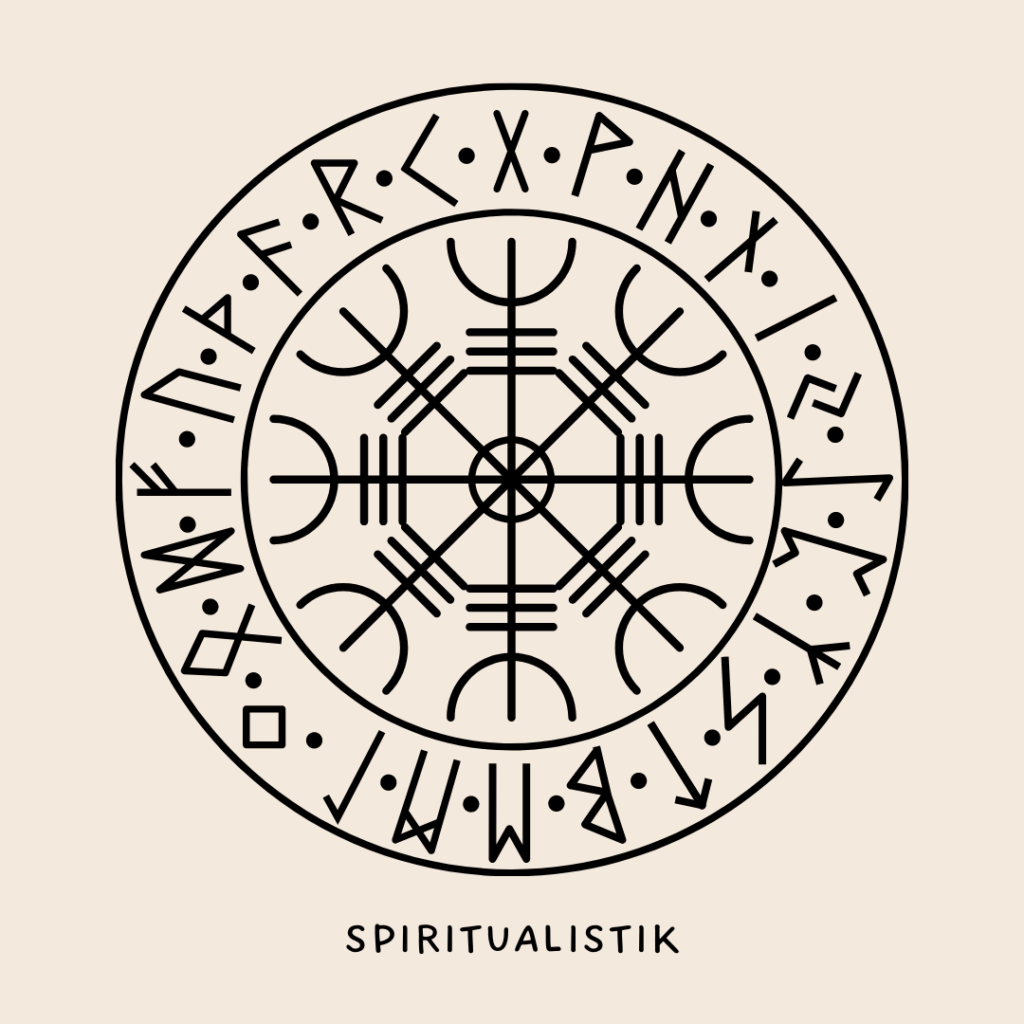
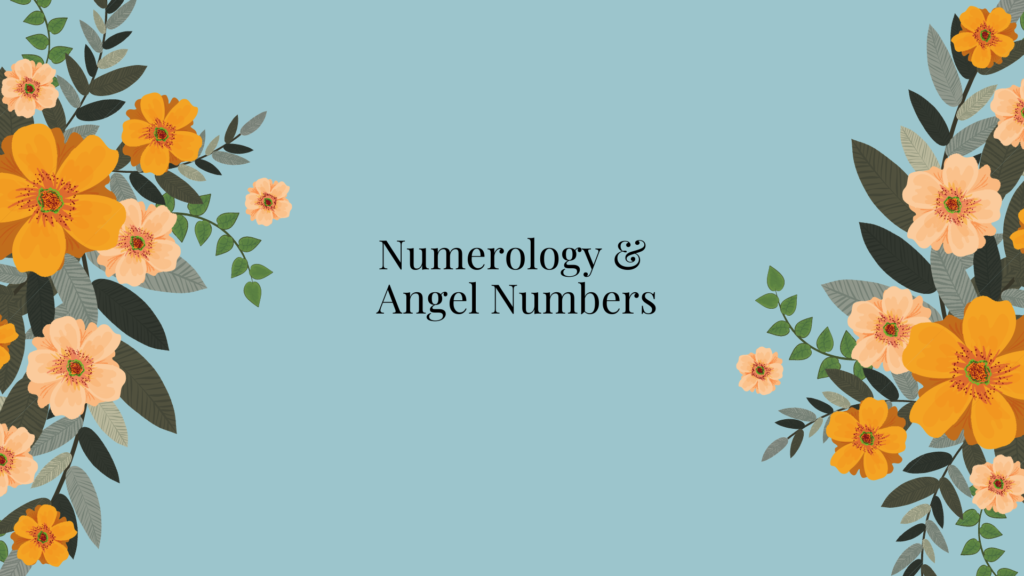
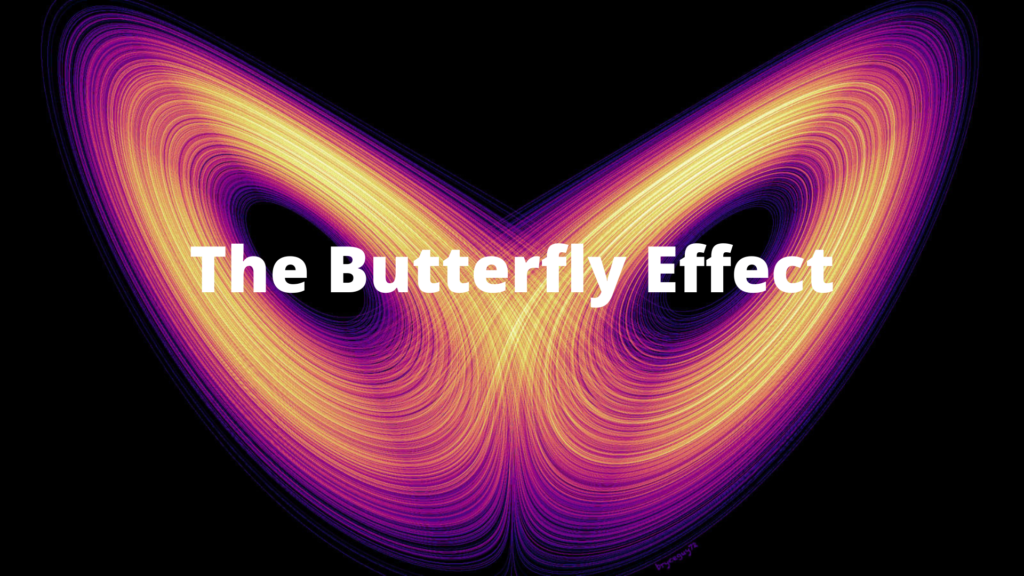
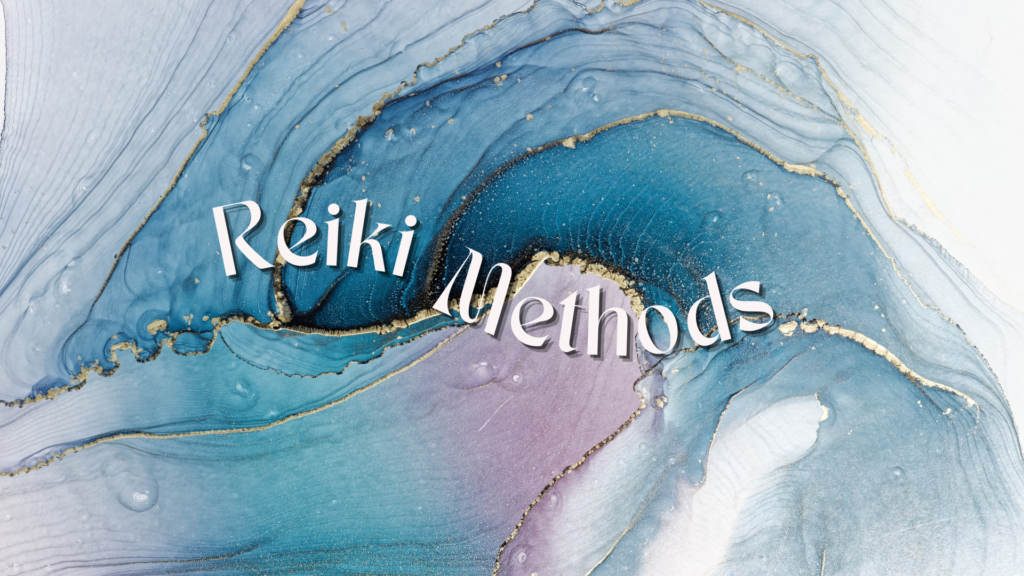
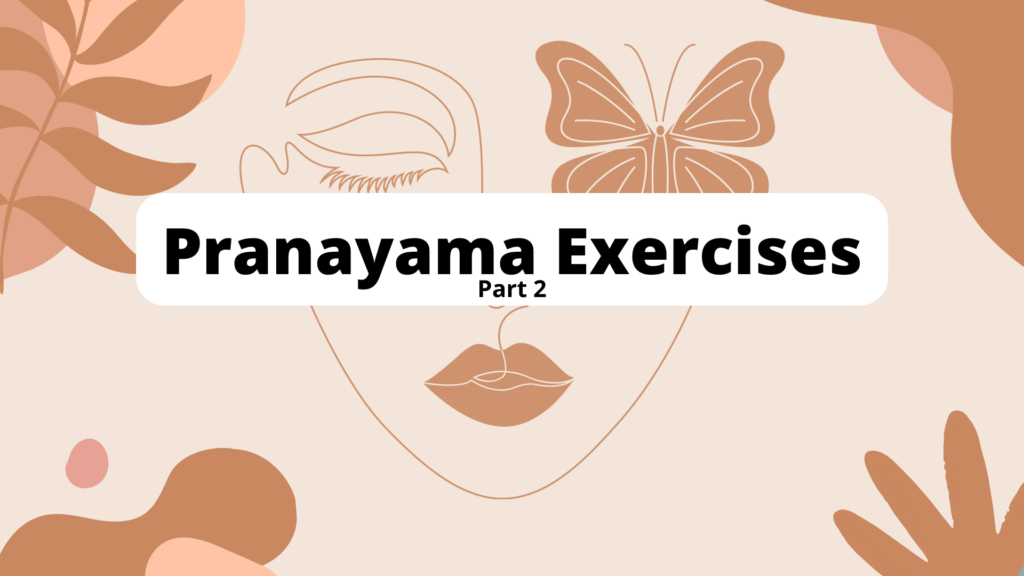

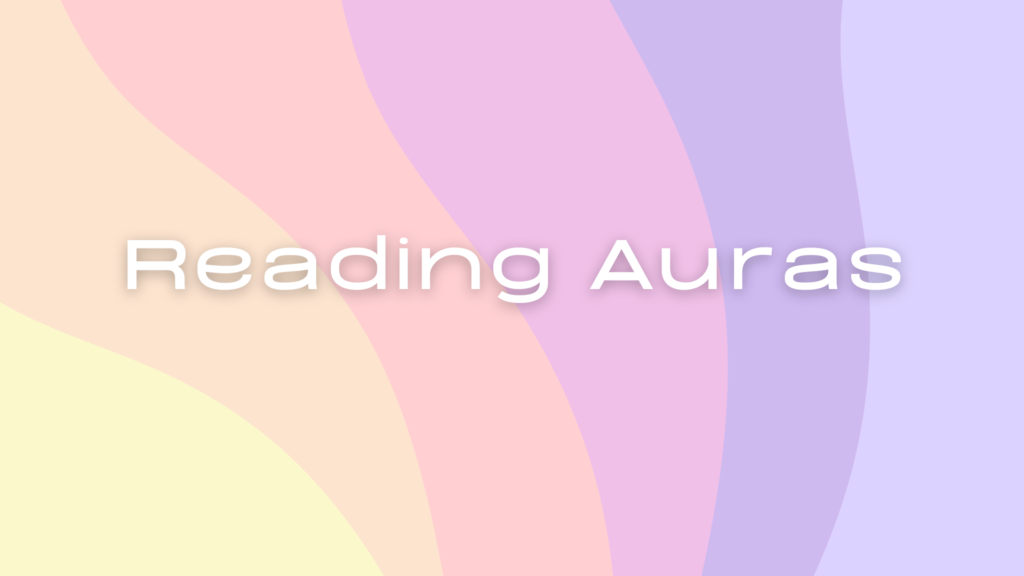
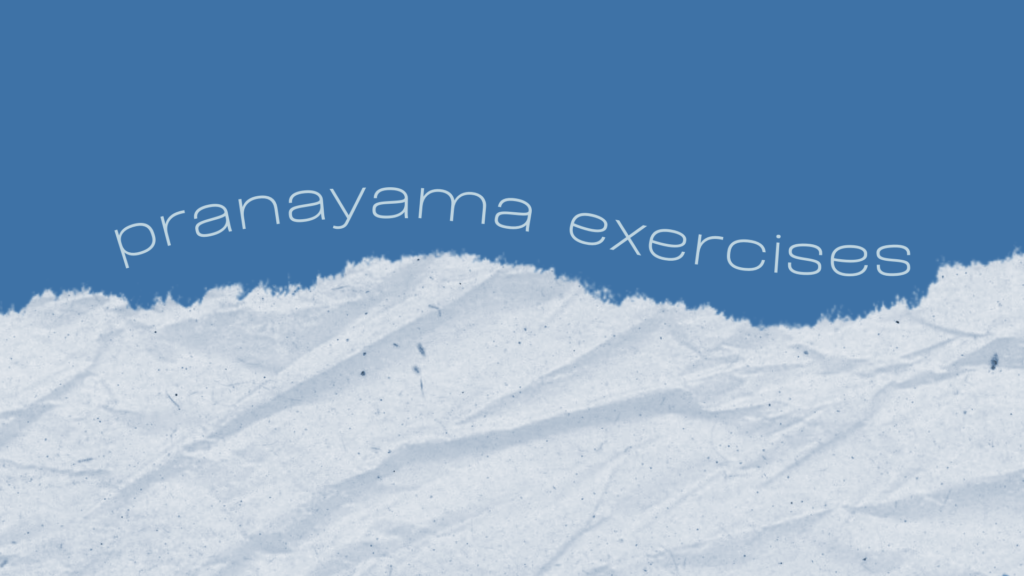
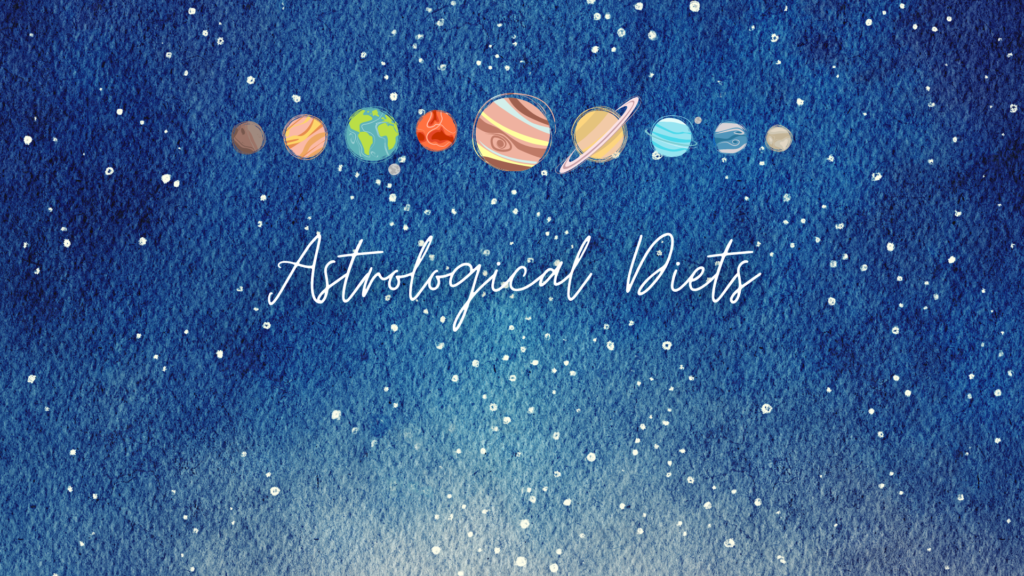
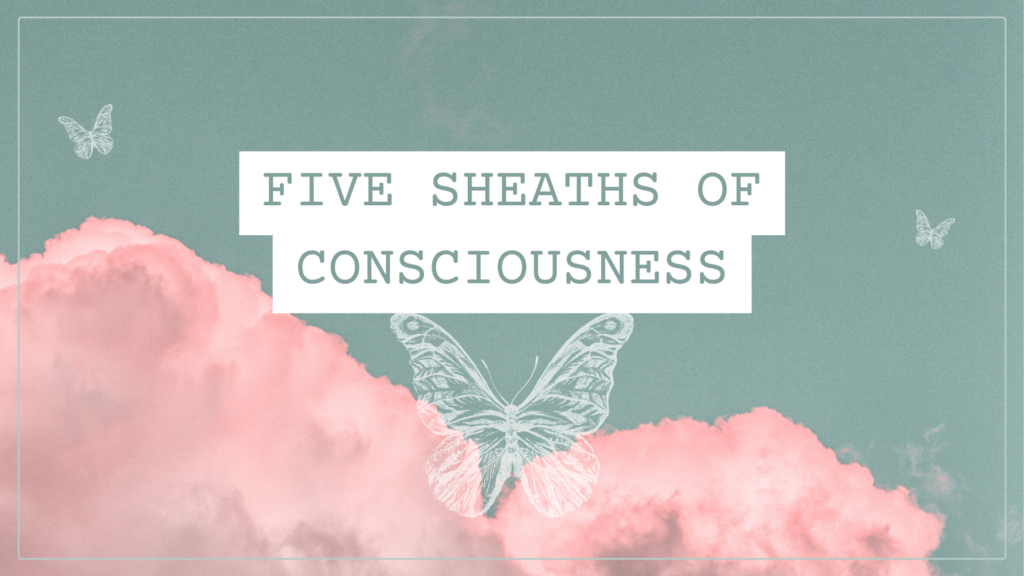
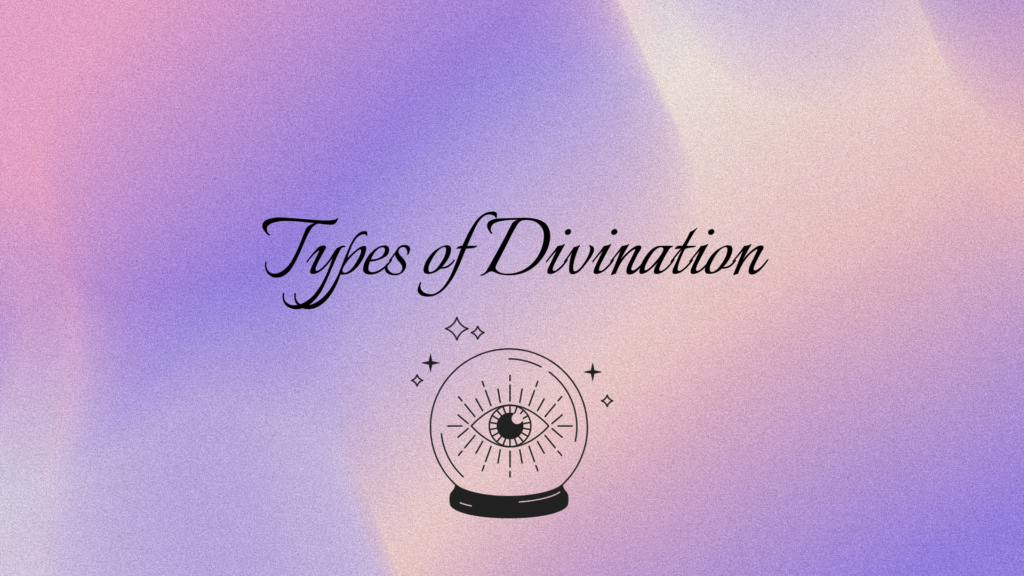
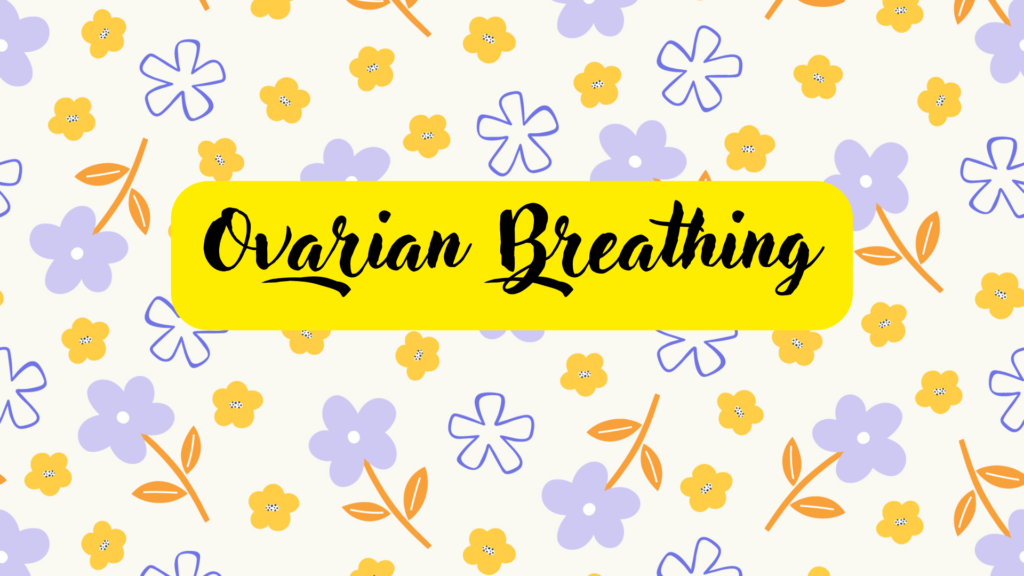
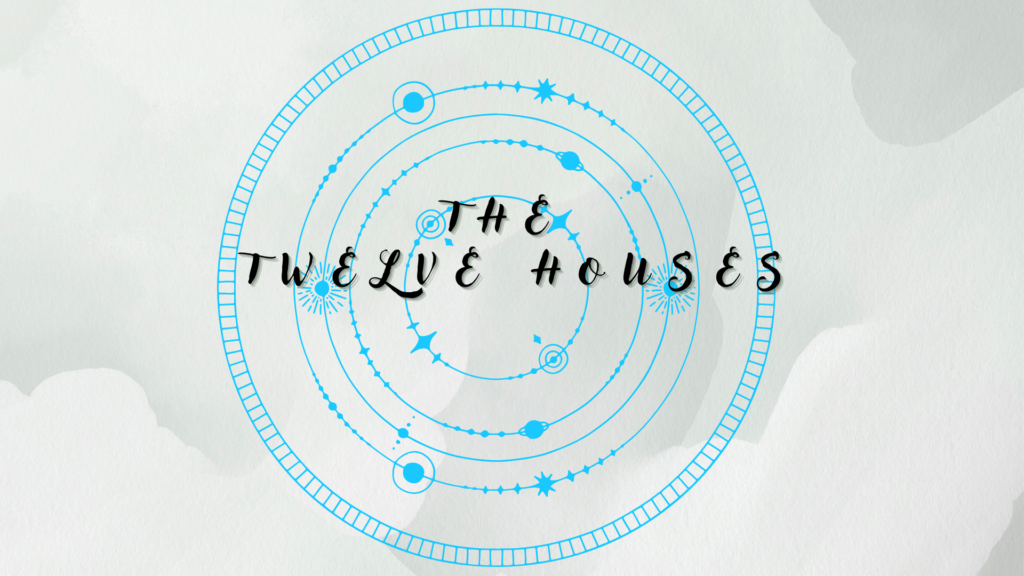
Leave a Reply